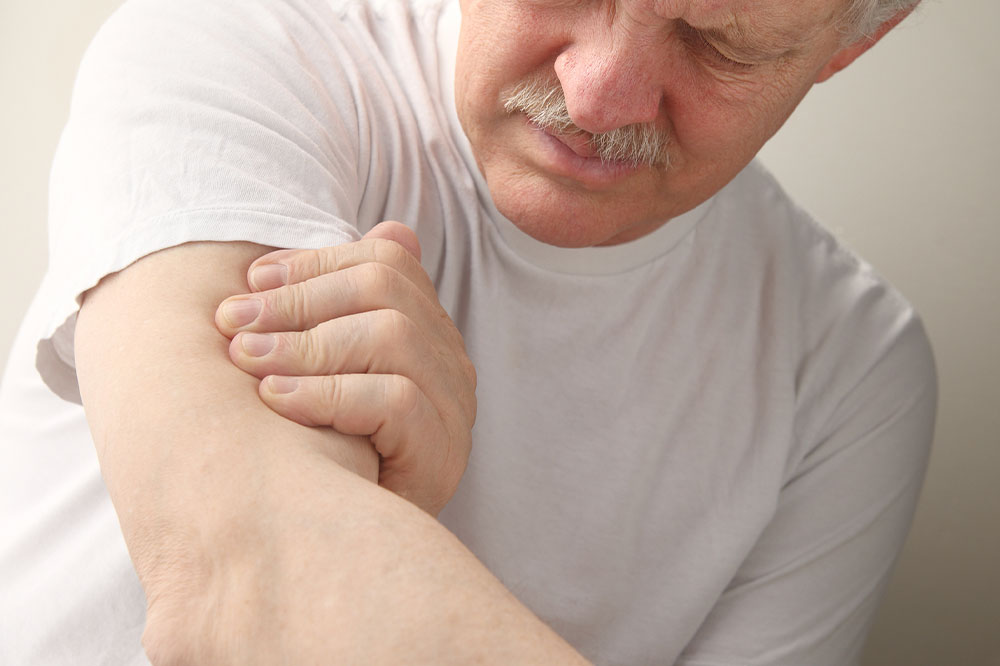
Pulled muscle – Symptoms, diagnosis, and management
Experiencing pain is one thing, but the agony caused by a pulled muscle is on a whole other level. This type of injury can occur when engaging in physical activities and can be diagnosed and treated through various methods. When a muscle is strained, its pain can last for varying amounts of time. Therapists recommend certain compression techniques or solutions for a speedy recovery from this condition. Read on to learn more about pulled muscle.
Symptoms
Swelling
Pulled muscle generally involve internal or external injuries. Due to the injuries, the affected area often fills up with fluids. This can cause the muscle to swell and also lead to the accumulation of blood, giving the area a reddish tinge.
Fatigue
Scientific studies are ongoing to find the exact links between muscle strain and fatigue. However, that is one of the more obvious symptoms of pulled muscles. People are more likely to feel incredibly tired if they have strained a muscle while performing a physically intensive activity.
Pain
In most cases, excruciating muscle pain is the most common symptom of muscle strains. This pain can become more severe over time, particularly when the muscle has been pulled excessively.
Diagnosis
A healthcare provider will perform a physical examination to check for any swelling or areas of tenderness. By assessing the location and intensity of the pain, they can determine the severity and type of damage.
Treatment
One can follow the following simple procedures to heal pulled muscles:
Rest
Muscle strains are mostly caused due to heavy physical activity. Therefore, the most natural way to treat pulled muscles is to rest one’s muscles for a few days or weeks, depending on one’s recovery speed. Generally, it takes about two days to heal pulled muscles (minor ones) and regain a degree of movability.
Heat application
This is one of the common treatment avenues for pulled muscle. Athletes and professional sportspersons are given this treatment commonly when they strain their muscles a few days after matches. However, a few precautions need to be taken. For example, one must wait up to three days after a muscle is strained to avoid complications. After that time, individuals can gently use a heating pad on the impacted skin area a few times daily. It is crucial to never apply heat directly onto the skin. To ensure safety, it is recommended to wrap the heating pad in a towel before use.
Compression
This is perhaps the most widely used technique to relieve pulled muscle pains. Compression involves applying consistent pressure on the affected area to gradually eliminate the pain associated with strained muscles. Healthcare professionals advise people with muscle strains to wrap the affected muscles with an elastic bandage to control the swelling. The pressure helps to calm down the muscles and nerves that cause the pain.
While using this technique, one needs to be careful. One should avoid wrapping the bandage too tightly as that would thwart the blood circulation in the affected area and slow down the process of the treatment.
Applying ice
After one sustains a muscle pull, they can soothe their pain and treat the affected muscle by applying ice to the injury for about 20 minutes every hour when awake. This helps reduce inflammation, the main cause of any muscle strain. One must not apply ice on the skin directly. Instead, one must apply ice after wrapping it in a towel.




